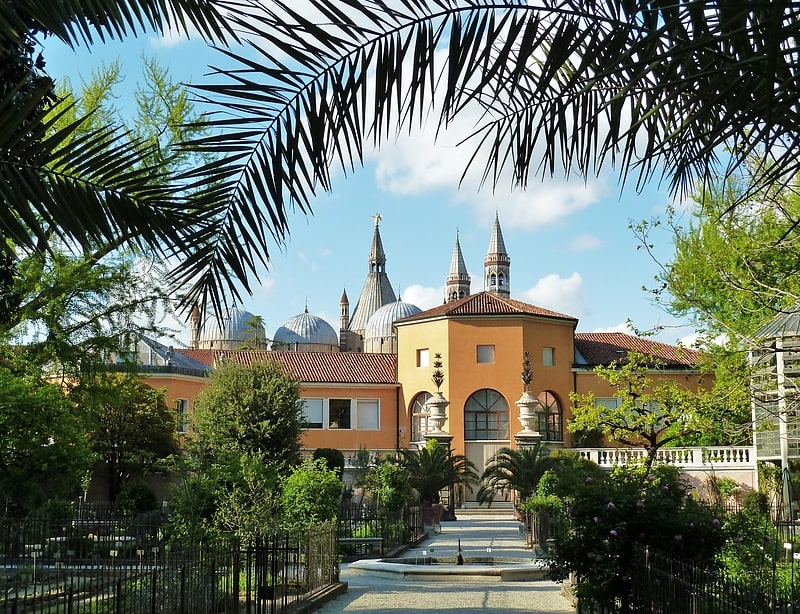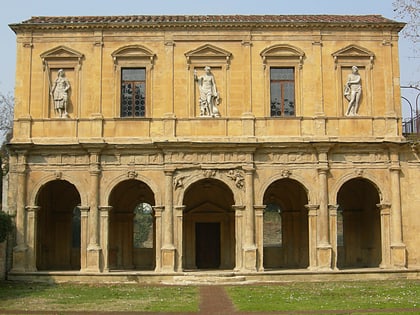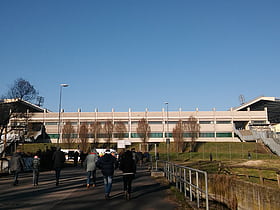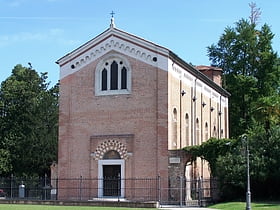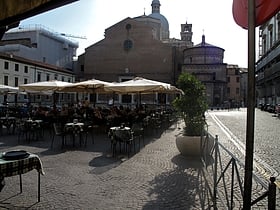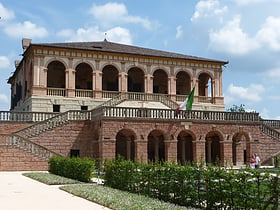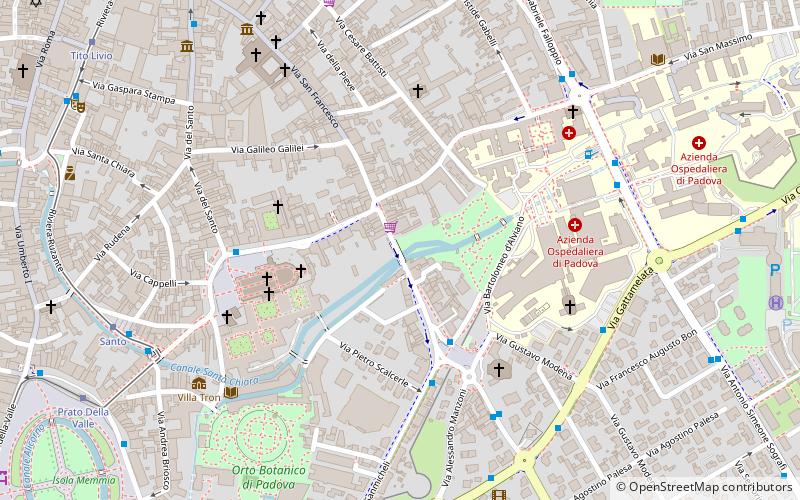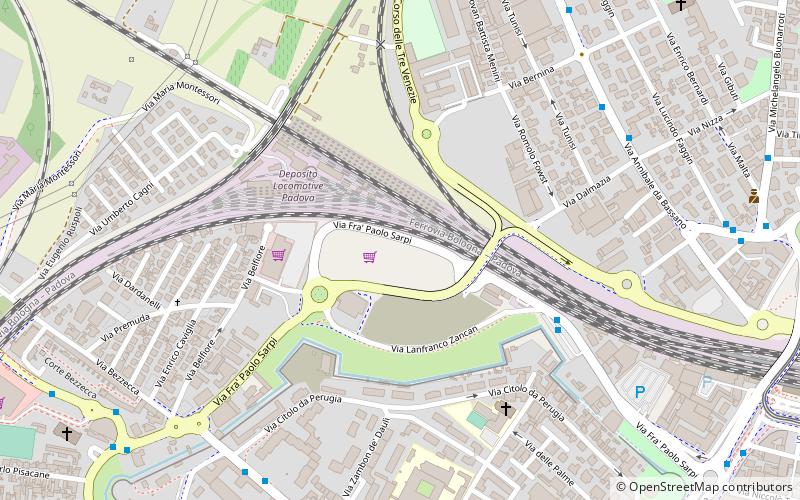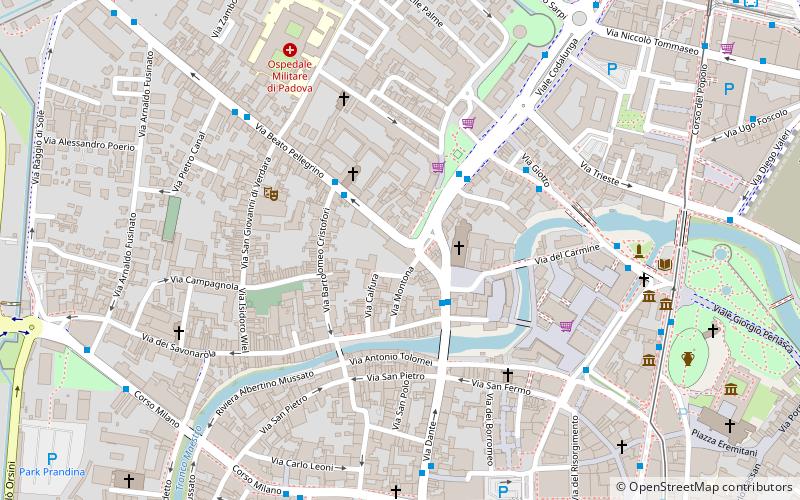
Padua Travel Guide
Facts and practical information
Italy, a nation celebrated for its profound historical roots, vibrant culture, and exceptional gastronomy, is home to an array of cities that boast a unique blend of tradition and modernity. Among these is Padua, a city in the Veneto region, which offers an enriching experience to its visitors through its rich artistic heritage and academic history.
Padua, or Padova in Italian, is often overshadowed by its famous neighbor Venice, yet it stands as a significant cultural and educational hub with a history that dates back to ancient times. The city is home to the University of Padua, one of the world's oldest universities, founded in 1222, which once had Galileo Galilei among its lecturers.
The beating heart of Padua is the Prato della Valle, one of Europe's largest squares, adorned with a central island surrounded by a moat and a vast array of statues. This lively space is a popular meeting spot for both locals and tourists, and it hosts various markets and events throughout the year.
One cannot discuss Padua without mentioning the Scrovegni Chapel, which houses a remarkable cycle of frescoes by the Renaissance master Giotto. Completed in the early 14th century, these frescoes are considered one of the most important masterpieces of Western art.
The Basilica of Saint Anthony of Padua is another key attraction, drawing pilgrims from all over the world. This magnificent church is a blend of Romanesque, Gothic, and Byzantine styles, and it contains the relics of the eponymous saint, making it a significant religious site.
For those interested in science and history, the Palazzo del Bo, the historical seat of the University of Padua, offers insights into the development of academic and scientific thought. Visitors can explore the old lecture halls, including the world's oldest surviving anatomical theatre, where early medical students learned about the human body.
Moreover, Padua's botanical garden, Orto Botanico di Padova, is a UNESCO World Heritage site and the world's oldest academic botanical garden still in its original location. It has been instrumental in the study of botany, medicine, and pharmaceuticals since its foundation in 1545.
The city's culinary offerings are as rich as its culture, with local specialties such as bigoli con l'anatra (thick spaghetti with duck sauce) and risi e bisi (rice and peas) reflecting the agricultural bounty of the Veneto region. No meal would be complete without a glass of local wine, such as the robust reds from the nearby Euganean Hills.
Padua Attractions - What to See and Explore
Padua offers many attractions and places to visit. Here are the most important ones: Orto botanico di Padova, Basilica di Santa Giustina, Villa Pisani, Scrovegni Chapel. Below you will find a complete list of places worth visiting.
Things to See and Do in Padua by Category
Sights, interesting and unusual places and attractions valued by most tourists. See the list of places to visit in Padua.
Culture
Active
Historical place
Sacred and religious sites
Museum
Palace
Unesco
Square
Art museum
Historic walking areas
Bridge
Universities and schools
Monuments and statues
Other categories
ChurchSpecialty museumParkPadua – popular in the area (distance from the center)
In the vicinity of Padua, it's worth seeing attractions such as: Piazza San Marco (Venice), Doge's Palace (Venice), Church of San Giorgio Maggiore (Venice).
Best Time To Visit Padua
Learn when is the best time to travel to Padua weather-wise and what to expect in each season.
Best Ways to Experience Padua
Food & drink
CuisineA guide to some of the best local dishes and drinks that you will meet in the region.
